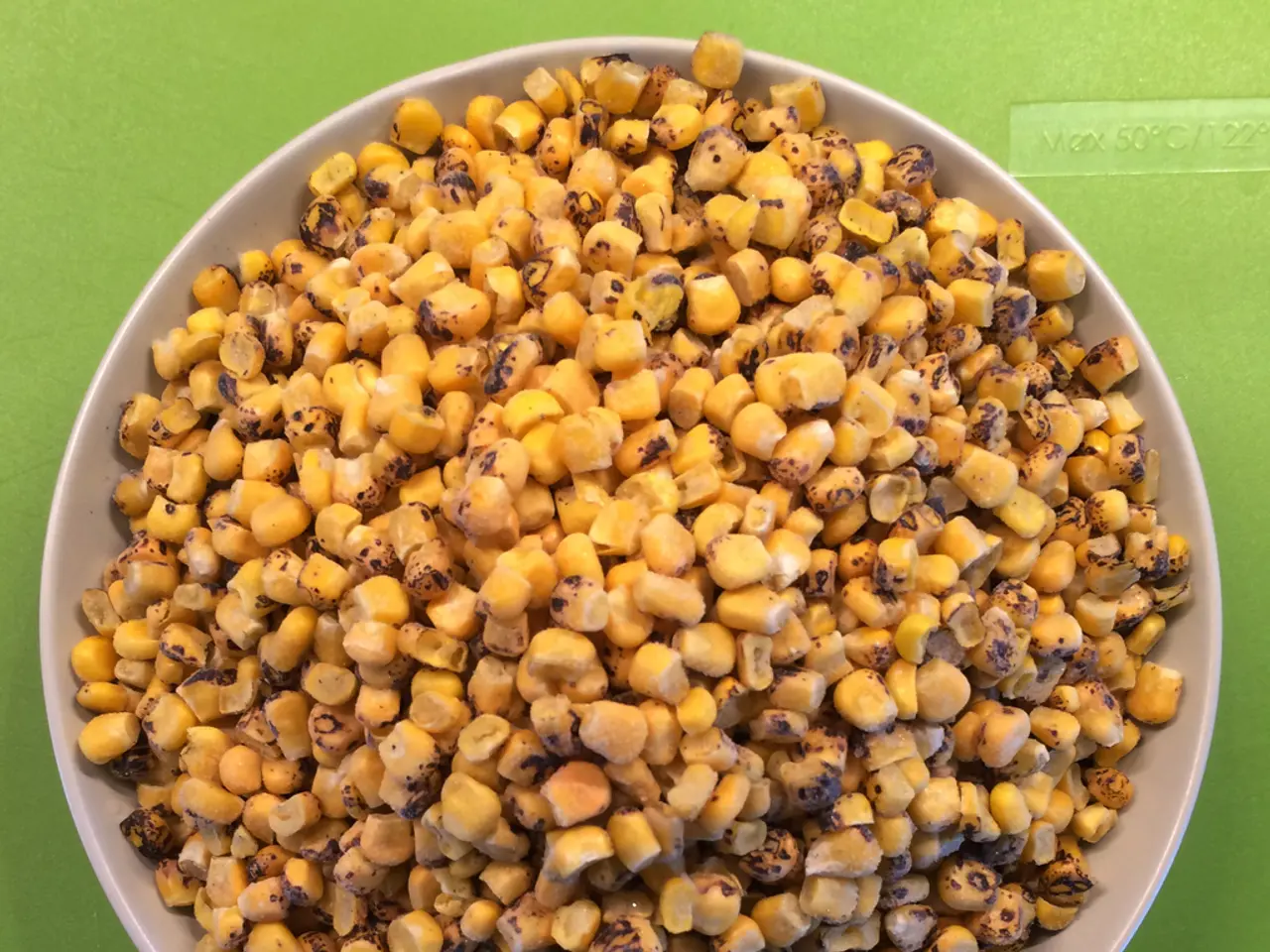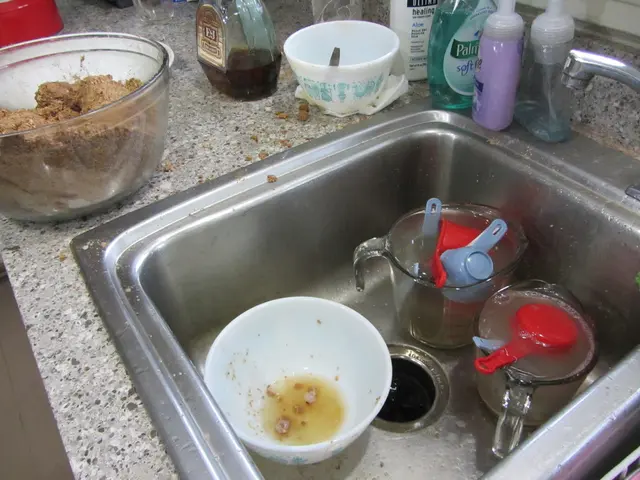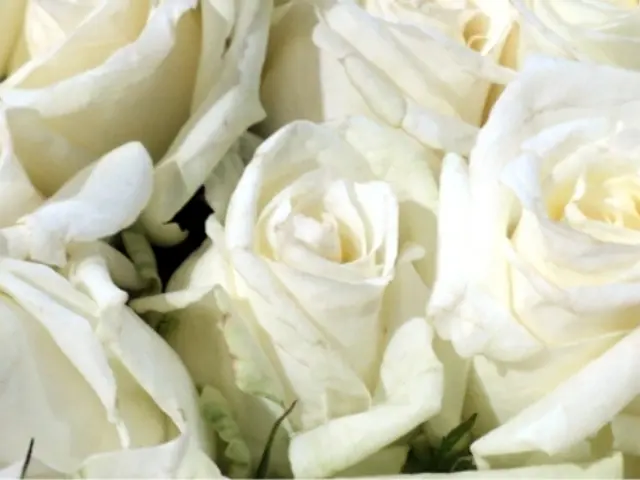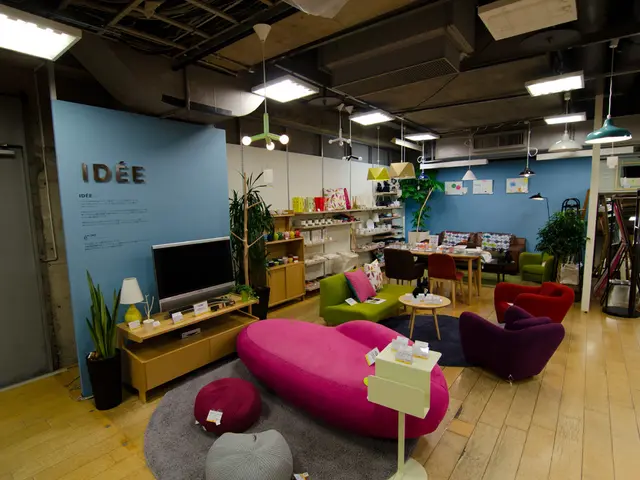"Financial Frugality through Home Seed Preservation"
In the world of gardening, saving and storing seeds from open-pollinated vegetables and flowers can be a rewarding and cost-effective practice. By following a few key steps, you can ensure that your seeds remain viable and true to type for the next growing season.
**When to Harvest Seeds**
The first step in the seed-saving process is allowing plants to fully mature and go to seed. For example, lettuce should be allowed to bolt and flower before harvesting seeds. Cut flower heads directly into a paper bag to avoid seed loss. For dry seeds like peas, beans, and carrots, leave pods or seed heads on the plant until they are completely dry and brittle. For seeds inside fleshy fruits (e.g., tomatoes and cucumbers), allow them to mature fully on the plant and then ferment to remove the gelatinous coating.
**Drying Seeds**
After harvesting, separate seeds from the chaff or pods using a tray or screen. Spread seeds out in a thin layer in a cool, dry place with good air circulation for 1-3 weeks until completely dry. Use small fans if necessary to improve air flow. For wet seeds extracted from fruits, rinse well before drying to prevent mold.
**Storing Seeds Long Term**
Store seeds in cool, dry, and dark conditions. Use airtight containers such as sealed glass jars or seed saver packets. Adding a desiccant (e.g., silica gel) can help maintain dryness. Seeds can be kept in a refrigerator at 32°F–50°F (0–10°C) for several years depending on the type, with most seeds lasting 2-10 years when properly stored. For very long-term storage, seeds can be frozen if they are completely dry (8% or less moisture), but be cautious as moisture can kill seeds when frozen.
**Additional Tips**
Label seeds with variety and harvest date to keep track. Select seeds from your healthiest plants to maintain vigor and true-to-type traits. Remember that some seeds, like carrot seeds, have shorter viability and are best used within 1-2 years. Open-pollinated seeds preserve heirloom and rare varieties but may lack hybrid vigor or disease resistance.
Saving seeds from old flowers and vegetables can be beneficial for trading at seed swaps. Leftover purchased seeds can retain viability for up to five or six years, depending on the variety. Biennial vegetables, such as beets, carrots, and cabbage, don't flower until their second year, making seed saving difficult unless they are hardy enough to survive the winter in the garden.
Most flowers can be harvested for seeds when the seed heads are dry or the seed pods have begun to crack open. Seeds from flowers can be dried on paper towels and stored in paper envelopes or small zip-lock baggies. Store seeds in a cool, dark, dry place to preserve their viability.
Open-pollinated types of plants are necessary for successful seed saving, as hybrids won't come true from seed. Saving seeds can result in significant cost savings, allowing you to potentially afford more expensive plants or seeds. Using an accordion file to sort seeds by their names can make them easier to find. Accidental cross-pollination could lead to the creation of a new daylily cultivar or an inedible squash variety.
Tomato seeds often contain a gelatin-like coating and germination inhibitors. To prepare tomato seeds for storage, ferment them for three to five days before rinsing and drying. Some vegetables, like summer squashes, cucumbers, and string beans, may need to grow to an inedible size before their seeds can be harvested.
By following these techniques, you can enjoy the satisfaction of growing your own plants from seeds and save money in the process. Happy gardening!
In the world of home-and-garden, preserving heirloom and rare plant varieties can be a fulfilling part of a lifestyle that focuses on self-sufficiency and sustainability. By maintaining a seed-saving practice and storing open-pollinated seeds correctly, you can cultivate a diverse vegetable and flower garden, reduce expenses, and participate in seed swaps for an exchange of unique plant specimens.




